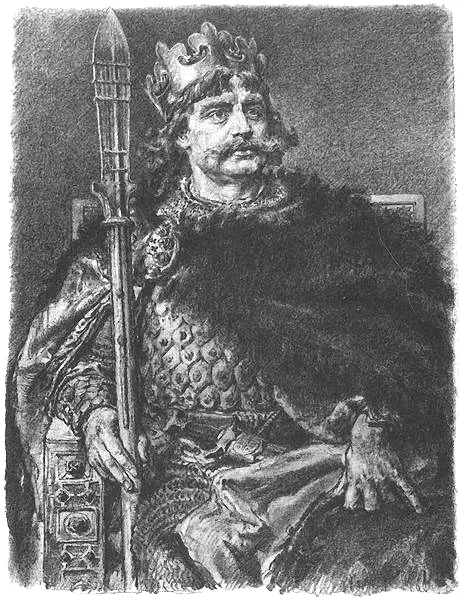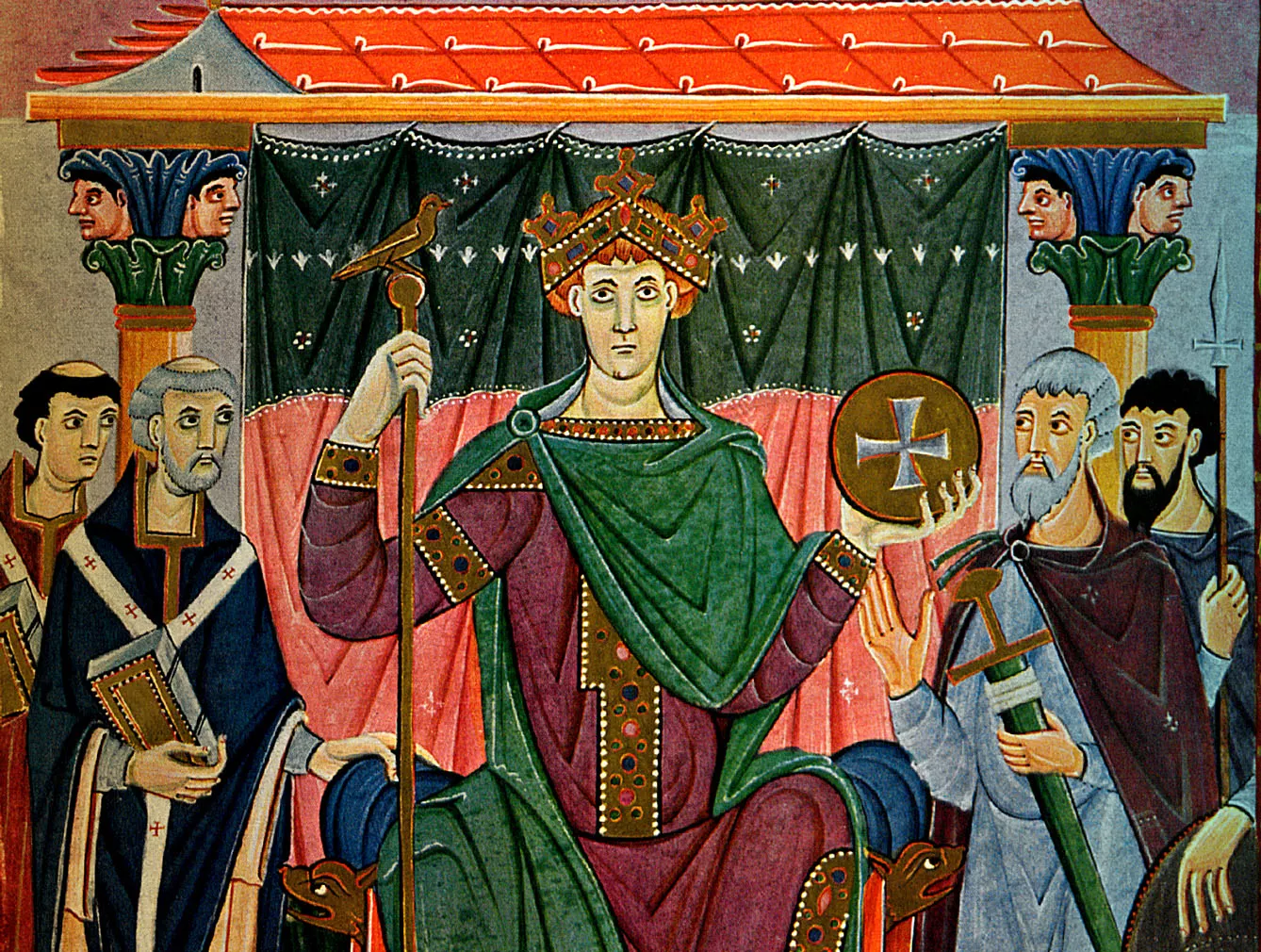The year was 1000 AD when Polish Boleslaw I met Roman Emperor Otto III in the Polish capital of Gniezno at the so-called Congress of Gniezno to discuss foreign policy and terms of cooperation. In reality, all information in this sentence is untrue or can be questioned, even the date.
The truth behind Congress of Gniezno
As some argue, the idea that the symbolic date of the year 1000 was recorded in chronicles reflects the importance of the event and that dates were fluent at that time. Note the previous coronation of Charlemagne on Christmas of the year 800.
(*In fact, according to one theory, Charlemagne and Otton III lived almost simultaneously, and our timeline is miscalculated by the whole two centuries. Historians easily debunk this, yet the hypothesis is so bold it’s worth mentioning anyway.)
The name Congress of Gniezno appeared as late as 1002, and the meeting was held on Emperor’s pilgrimage to the tomb of the first Polish saint, St Wojciech, who was killed on the mission in Prussia. Otton III and his predecessor would call themselves Roman Emperors. Still, the actual successors of the Roman Empire were then in Constantinople and were somewhat astonished that some fur-wearing guy in northern Europe used the title.
Bolesław the Brave was still a duke of Poland, not a king, and his territory was still to expand beyond certain small towns. His father, Mieszko I, established a kind of colony, his business model based on the slave trade with the Middle East, and pillaged the towns of his predecessors. Gniezno was a major city of this new reign, though, in a still-forming country, its capital-ship can be questioned both theoretically and practically.
Congress of Gniezno as a historical precedent
The Congress of Gniezno and its myth serve as a handy symbol in Polish-German relations. Gniezno advertises itself today as a city of dialogue, and the Catholic Church in Poland holds modern congresses. More importantly, on the 1000th anniversary of the event, Polish prime minister Jerzy Buzek hosted a meeting of his counterparts from neighboring countries: Czechia, Slovakia, Hungary (currently not a neighbor, but historically close), and Germany. Their declaration was, of course, national brotherhood and partnership.

In light of these meanings, is it even necessary to find out what really happened in the year 1000? What happened was: that the German Emperor came to visit his subject and left with an ally, if not a friend. That was the real deal for later Poland and the European Christian-based political community.
In the year 1000, Bolesław I, later with the moniker The Brave, was still a duke, son of Mieszko I, now celebrated as the one to establish Poland as such, and Czech duchess Dobrava. Ruler of Poland from 992, he consolidated power in settlements of what is now western Poland and supported the idea of spreading Christianity to the east. During one of these efforts, he “earned” the first martyr and saint – Wojciech, also known as Adalbert.
Since he gained sainthood, the diocese could be erected in Gniezno and three others in cities known today as Polish Kraków, Wrocław, and Kołobrzeg. Roman Emperor Otton III had a reason to visit Poland. But the visit was not supposed to be only political: he was also to collect tribute in currency and symbolic terms. But then he came and saw Bolesław’s kingdom…
A friend, not a subject
And quickly, he assumed that this was not how things should work. After some talks, Otton III started considering Bolesław the Brave as an independent ruler worthy of diplomatic relations instead of collecting the tribute. Of course, the Papacy and so-called Western Roman Empire remained the dominating political entities, but Bolesław was now a prince in the strict term.
Rulers exchanged relics – an arm of St Wojciech was traded for St Maurice’s Spear. A copy of the original symbol of German Caesars, it was supposed to contain nails from Christ’s cross. And Bolesław was offered a copy containing some part of the original. Moreover, Bolesław commanded 300 of his soldiers to serve Otto and escorted him to Aachen, to the grave of Charlemagne.
It’s not a “happily ever after” kind of story. They didn’t remain friends in current, personal meaning. But this is perhaps when the notion of Western civilization expanded to the East, as far as Rus, where (at least alleged) rule of Bolesław the Brave had reached.
Perhaps this is when Poland was supposed to become a kingdom, the idea protested by future Caesar Henry. But there was little time to explore the possibilities of Bolesław becoming an “ally and partner” of Otto. The latter died in 1002, aged 21, perhaps of malaria. With the aforementioned Henry as his successor, Bolesław had to fight Germans instead of befriending them. He claimed the royal crown in the last year of his life, 1025. The Polish kingdom was first formed.
Though the crown was later lost and reclaimed several times, Poland became Lithuania’s gateway to the west centuries later. Several current countries formed one of the largest empires of early modern Europe. Along with the Habsburg empire, the later Commonwealth was a significant effort in uniting Central Europe around Western ideals. And this all started in the year 1000.







